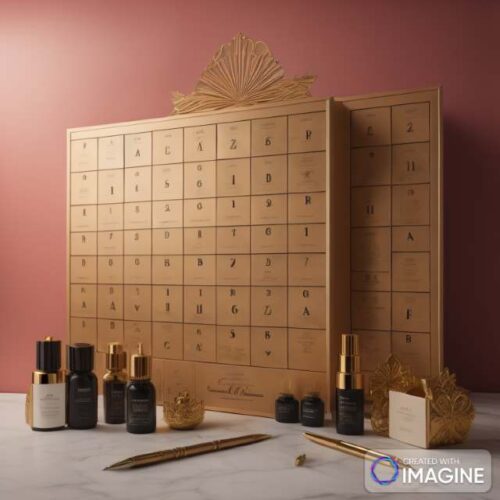Even though it feels as if we are still at the peak of summer, it’s, unfortunately, that time of the year when all the beauty advent calendars are starting to come out, or you can pre-order them.
With each passing year, I am stunned and staggered at the number of new beauty calendars that keep adding to the general mix of calendars you can buy.
This trend of more and more beauty calendars is getting more expensive for consumers.
We are going through a cost of living crisis in many of the world, and spending 3 to 4 hundred pounds On beauty products all at once can feel frivolous.
I am OK spending that amount of money, but this year, what I would like myself to consider in writing these posts and also for you to consider are the following.
Is the calendar itself value for money?
How much of it are you going to use? And that is the crux of what value for money means in this context.
Yes, you don’t want to spend a stupid amount on (like) 30 Travel Minis, but there is an element of if this gives you a tremendous amount of pleasure and you’re using all thirty of these products, then who am I to tell you that this isn’t value for money for you? I’m not.
I would like you to consider. How much of the calendar are you going to think? You know, how much are we are you going to use?
What are you going to do with the extra product?
And then the second aspect is if out of, say, 30 products you’re only going to use, say, 15, what will you do with the other 15? Are there people you can give these products to? Can you donate them to charity? Can you donate them to old people’s homes? Is there a willing and happy recipient of these extras so that you know you minimise the wastage involved? Is that? If you are.
How will you recycle products?
If you have 10 or 15 unused products, please consider how you will recycle them. Responsible recycling is essential. It’s. It is acceptable for manufacturers to say, Look, we put everything in recycling in a recyclable container, but it is up to us as consumers to recycle products.
Can you buy local?
Thirdly, consider the carbon footprint of your purchase in terms of whether you are buying it locally or having it shipped from external countries.
In the past, I’ve expressed severe dislike for paying over the odds for products that cost me 3-4 times as much as having them shipped in from the US.
What I haven’t factored into my calculations is the carbon footprint of my decision—and honestly. Yes, something will cost me three or four times more locally. But isn’t the answer to buy less of that product or wait until I know someone travelling to those countries and can procure them for me?
The box and what are you going to do with the box itself?
Otherwise, it’s hurtful to the environment: it’s not money saved when it’s hurting our environment. Finally, please consider the container that the calendar is entering. These are humongous boxes that you know generally tend to be made of paper. The more fancier the box, the less likely it is to be made of paper. It might have some fabric on it. How are you going to recycle?
Ending
We must ask ourselves these questions when I review the calendars for you. And the reason for doing all of this is to tell you that is to help, is to help you make more informed decisions about the purchases that you make. Like any industry around, the beauty industry has minimal incentive to change because change costs money.
But you and I, as consumers, can demand change through the purchases that we choose to make. Through social media, you know if something is drastically different. If it is unrecyclable, then we should be calling that out. OK, that’s it for now, over and out.
